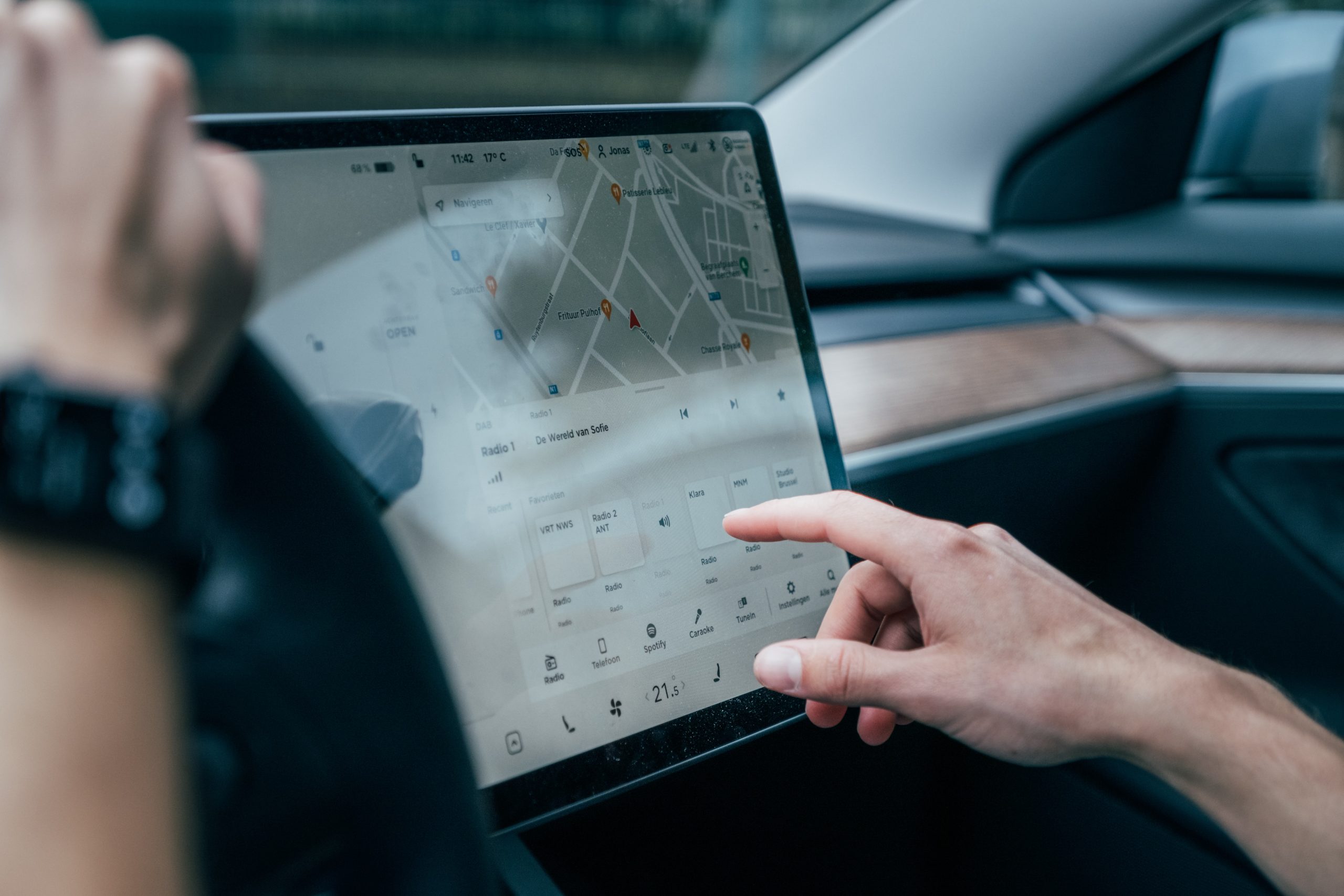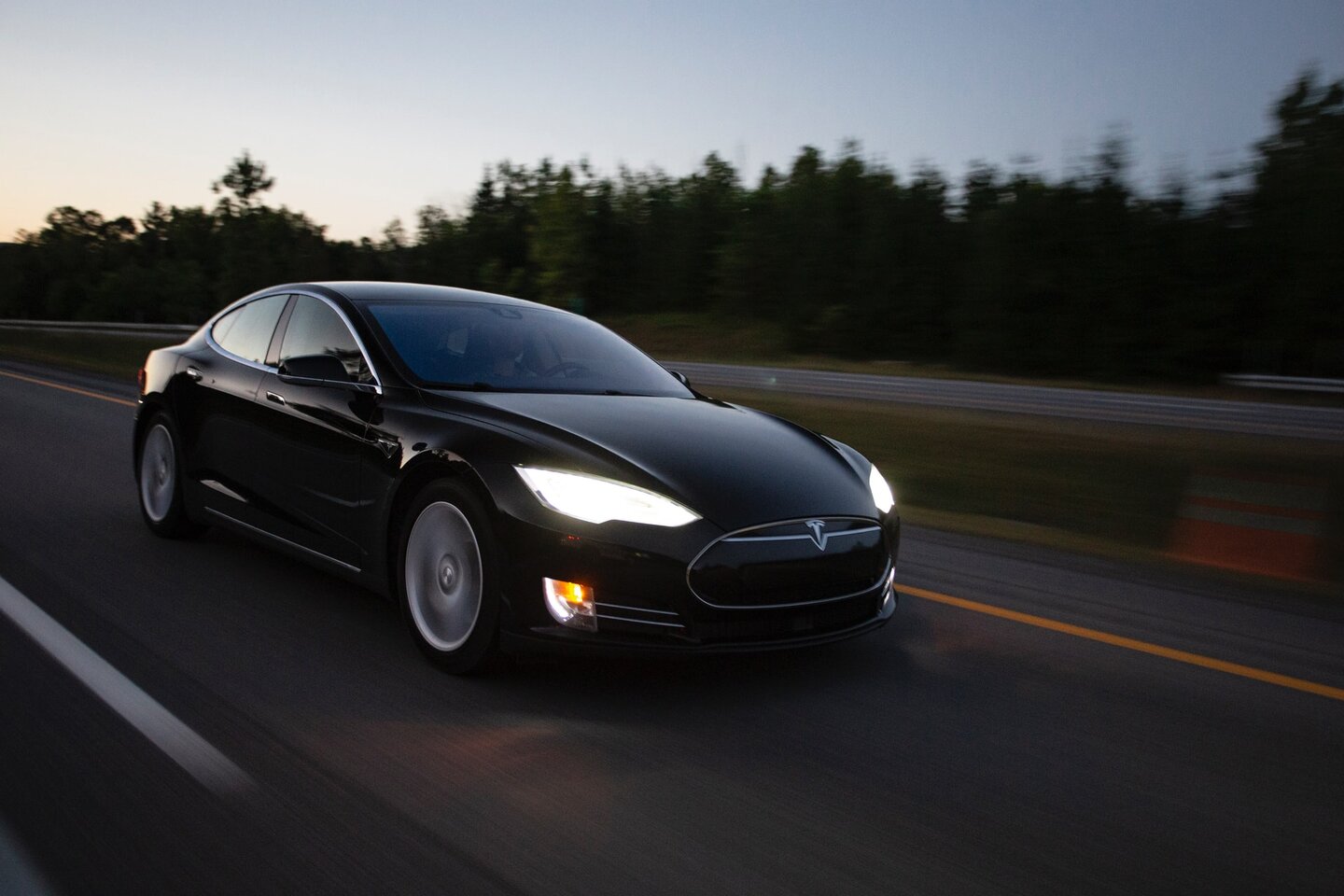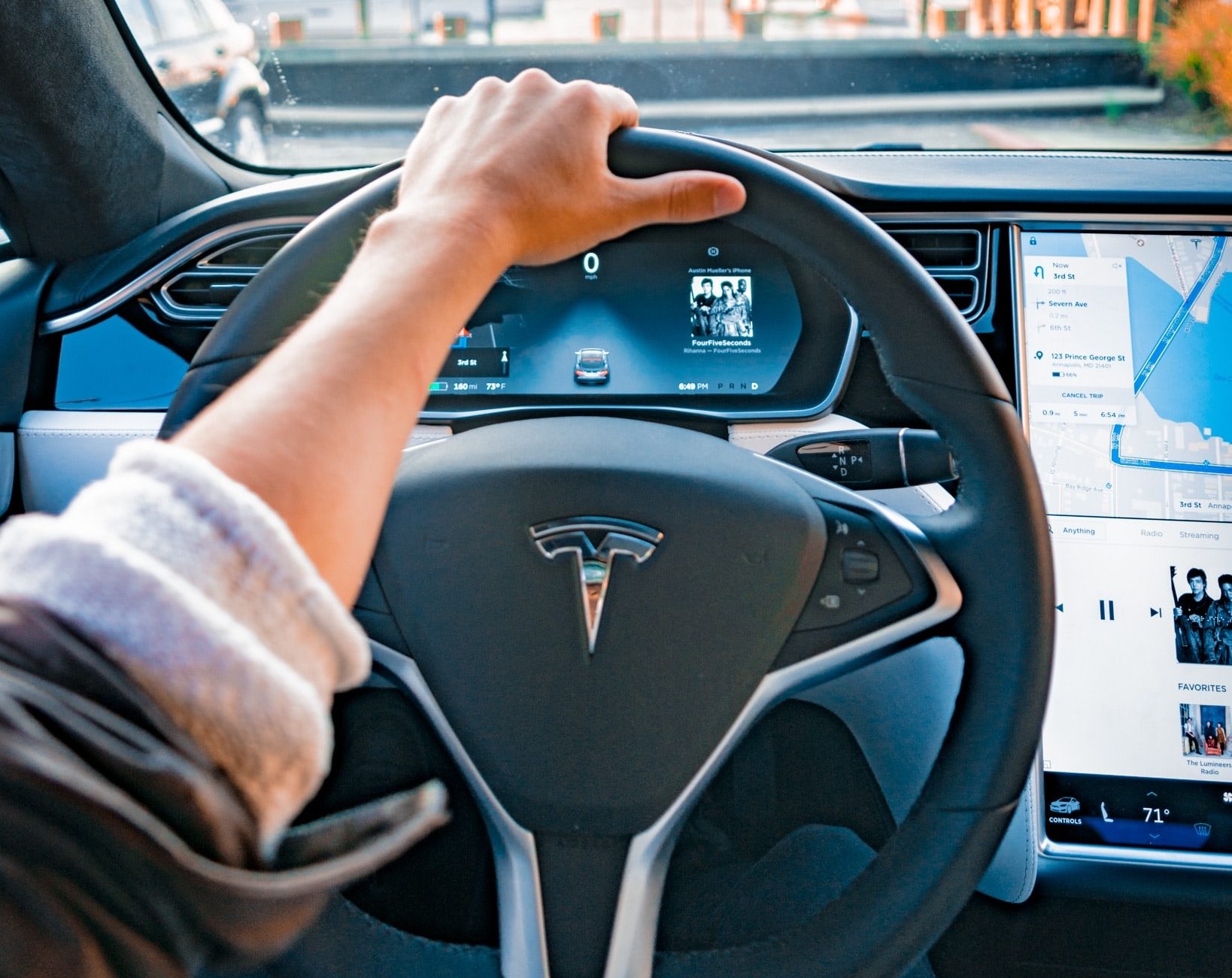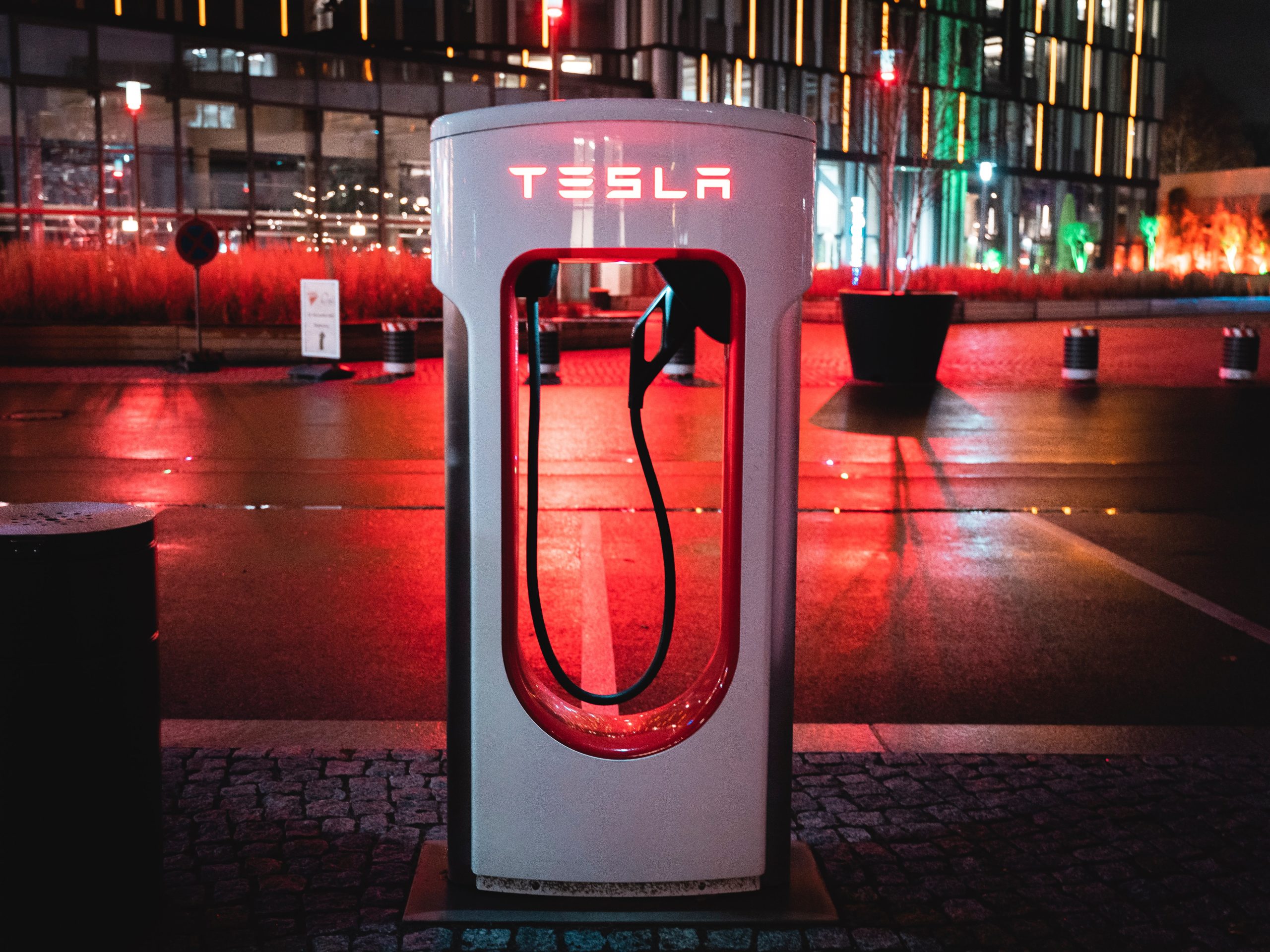The Tesla Model S is a popular electric vehicle and has gained the hearts of EV fanatics for features such as its outstanding driving range. In this article, we look into some of the most common Tesla Model S problems and provide some solutions for the easiest fix.
The Tesla S Model boasts of one of the longest driving ranges in the electric-vehicle class. The S can travel up to 335 miles per full charge depending on the variant. While a 335-mile range is achievable with the 100D variant, the cheapest variant, the 75D, can do up to 260 miles when the battery is fully charged.
However, while the Tesla model can boast of impressive figures in terms of driving range, technology and styling, reliability has been a major setback for the S model. Since the introduction of the liftback sedan in 2012, owners have reported different issues with the Tesla product.
According to a survey by Car Reports, nearly 38% of owners of the Tesla S Model have reported at least one problem during the ownership of the electric car. Commonly reported problems range from drive motors to door handles.
If a Model S purchase is on the horizon, you may want to know what to expect from this flagship EV. If you are already a proud owner, perhaps this article can help you diagnose and fix any existing tesla model S problems.
1. Drive Unit Failure

The most major setback of the Tesla Model S is the driving unit failure. The driving unit houses the electric motor, the inverter, and the gearbox. Though the all-wheel-drive version comes with two motors, it is not excluded from this issue.
Issues with the drive unit usually start with grinding noise during acceleration, requiring owners to take their car for a replacement. However, if left unchecked, the issue can degenerate into more serious ones, such as stalls and immobilisation.
According to one owner, their 2013 model experienced driving unit issues four times under warranty. With this, they had to change the unit to prevent it from affecting other sensitive sections of the car.
Another owner faced similar difficulty on a vehicle under 11,000 miles. Though Tesla changed the driving unit since it was still under warranty, it only helped for a short time. The new unit gave the same issue just after another 8,000 miles. The unit was again replaced.
Though it might be argued that these were older model years and that the S model has witnessed several improvements. Especially with the drive unit, note that Tesla has not fully addressed the issue. Hence, if you plan to own an S model, you want to picture yourself dealing with drive unit failure.
2. Touchscreen Display

The Model S’s touchscreen display is one of its greatest assets to beat competitors off the spot. The large 17-inch touchscreen display is intelligently placed at the centre of the dashboard for ease of accessibility.
However, owners have complained of different issues with the touchscreen. For example, while some owners complain of problems like yellow lines through the screen, some owners complain of the touchscreen going completely dead.
An owner of the Tesla Model S complains that he has replaced his 2014 S Model’s touchscreen display four times a year. He even complains that the car was not used but parked in his garage when the display died for the third time.
However, the owner noted that the replacement units were refurbished options, which might be why they quickly failed. He encouraged owners facing the issue to insist on replacing a failed touchscreen with a new unit to lower the risk of it failing again.
One major reason to worry is that Tesla claims its technology stands them above competitors. However, if the touchscreen that is part of the technology can fail quickly, there can be cause for alarm about other major mechanical components of the car.
3. Door Handles

Tesla has devoted a great work of genius to the S model’s doors. The innovative handles can retract when not used to enhance aerodynamics and pop out for easy access when needed. Though this might vary in some model years, at least it explains the techniques behind their operation.
Unfortunately, this is another of the Tesla Model S problems. They have been reported to fail on older models and newer cars alike. According to Consumer Reports’ survey of 1,278 S Model cars, 31 units of the cars that participated in the survey were reported with lock and latch issues.
Although this might not be a significant number, it is still a concern as a reliable car should perform better than this with a lower risk of door handle problems. Usually, a car should have less than a 0.5 percent rate of door handle problems.
Owner Experiences

An owner on HNTSA complains that his experience started with his car’s right rear door handle failing to open from outside but was fixed during a service. With this, the handle became functional from the outside again but not with optimal performance. However, after a short period of use, the handle became non-functional from the inside.
The door handle issue with the Tesla S Model is attributed to different components in the handles. The mechanism behind the handle functionality is complex, and an error with one component can throw the whole system off.
Each door handle contains a computer coupled with a trio of micro switches that tell the handle where to move, depending on the current position. Once the computers or the switches malfunction they are prone to malfunctioning and the door handles can become irresponsive.
Other causes of door handle failure include problems with the wiring and the motors in the handles.
An owner once complained about replacing two handles under seven months of owning the car. The owner noted that replacing a faulty door handle is free if still under warranty.
Generally, door handle issues are common in Teslas and have generated different complaints from owners. This can be dangerous in emergencies when users have to use the door, but it refuses to open.
Some owners are forced to spend big on replacing their door handles after the warranty elapses.
4. Suspension

One major setback of the Tesla S Model is the suspension. Though the automaker claims the suspension is a part of their prowess. The suspension still doesn’t always meet expectations as owners have reported it failing during driving.
According to one owner, the front driver’s side wheel was seized while driving at 5mph. As a result, they towed the 2016 Tesla S Model to a Tesla service centre, where they confirmed that the driver and passenger link assemblies were defective, requiring a replacement.
A failed suspension is a serious problem no one wishes to experience, especially at high speed. While drivers can manage the issue during normal driving, gaining control of the situation during highway driving can be difficult.
Another owner who has witnessed a failed suspension during normal driving, he was thankful the link joint snapped at low speed. The owner claims to have experienced this issue with all four wheels with the same pattern.
5. Interior Trim

This is one area Tesla has really disappointed its customers. The Model S has been reported with different errors in the interior trim. The major problem reported is a noise from the interior panel, which is disappointing, especially from a car of this prestige.
An owner posted on YouTube his ordeal with the Tesla’s interior trim. The video narrated how he had fixed a rattling noise from the doors. Though an intervention of a Tesla technician rectified the issue, the passenger door trim was noticed coming off.
Another owner also confronted Tesla with his disappointment when he posted on the Tesla forum. He said strange rattles started coming from the windshield, dash, and posts. The owner was baffled at how a car of this magnitude could develop such an issue just only at 1500 miles. He also reported air leaking from the driver’s window, which he has taken for a fix. After which another one started from the passenger triangle window.
However, it is worth noting that these noises are more noticeable since the S model’s powertrain is superbly quiet. The noise might go unnoticed in a non-electric car since more noise would come from the powertrain itself, overcoming the interior noise.
Hence, Tesla needs to introduce new features to cancel interior rattles and road noise. The automaker has plans to address the issue by adjusting the car’s stereo system volume according to the road and wind noise.
Will The Model S Improve?

Since the model’s introduction, the car has seen several improvements. For example, newer versions of the car are less problematic than older ones. However, while we might want to hang on and expect future versions with improved reliability. It is worth noting that Tesla has not been predictable on the improvement curve. This is vividly evident in the fluctuating Consumer Reports’ reliability ratings of the car.
Regardless, with several complaints about the Tesla S Model making the rounds, one is hopeful that the future S Model versions are improved, hence better reliability scores.
Is The Tesla S Model Safe?
Though the Tesla S Model has been reported with suspension issues, it has excellent safety scores. Euro NCAP took the car for crash tests, and it performed excellently, earning a full 5-star rating.
On individual testing, the S model earned an 82% rating for adult safety. 77% for child safety, and 66% for pedestrian protection, which are all impressive figures in the electric-car class. Also, despite the absence of an autonomous Citing Braking system during the time of testing, the car scored a 71% rating in safety assistance.
Regardless, Tesla said it was working on improving the S model’s safety features and would introduce new features to enhance safety in newer model years.
What Is Tesla S Model’s Warranty?
Tesla offers one of the best warranties in the class, though with varying options. While the battery (with a minimum 70% retention capacity) and drive unit comes with a generous 8-year warranty, other aspects of the car have a 4-year warranty.
The eight-year warranty is only guaranteed for the battery and drive unit if the car has not reached 150,000 miles. Also, the four-year warranty for the rest of the car stands only when the car is still under the 50,000 mileage cap.
We hope you have found this article on Tesla Model S problems useful and informative. If you have suffered your own issues with this car, feel free to leave us a comment below.



